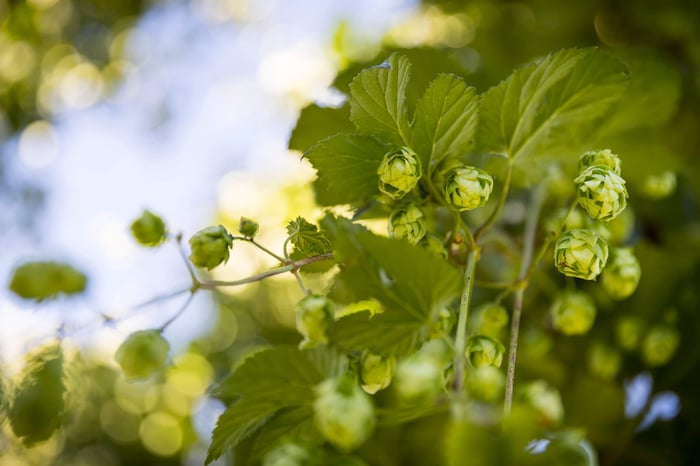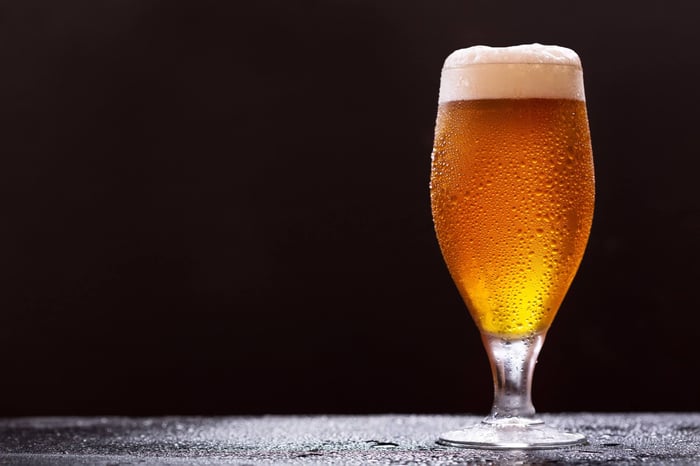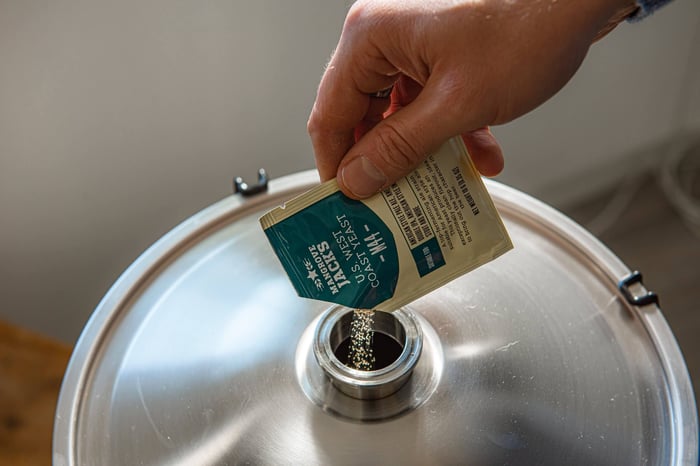Q: What separates good hoppy beers from truly exceptional ones?
A: It's not just the hops you choose—it's how you treat them.
If you've ever wondered why some craft beers deliver that perfect harmony of hop flavour and aroma whilst others fall flat, the answer lies in a technique that's been quietly revolutionising brewing across Europe and beyond: the hop stand.
How American Innovation Met European Tradition
The story begins in 2008 in a Wellington pub, where intense hop character in an Epic Brewing beer sparked a revelation. Luke Nicholas, Epic's founder, had learned his craft from American brewing pioneers who were turning traditional brewing wisdom on its head. Their secret? Loading hop additions at the end of the boil rather than following conventional schedules.
This approach fundamentally changes how we think about brewing. Instead of calculating IBUs first and working backwards, you begin with a simple question: how much hop character does this beer actually need?
The Science Behind Superior Hop Character
European brewers have long understood precision in brewing, and hop stands bring that same methodical approach to hop utilisation. The key insight is that alpha acids continue isomerising after flame-out until wort temperature drops to approximately 26°C.
For hop stand calculations, we recommend a utilisation rate of 3-5% based on temperature:
Temperature-Based Utilisation Rates:
- 85-93°C: 5% utilisation
- 77-85°C: 4% utilisation
- 71-77°C: 3% utilisation
- Below 71°C: 2% utilisation
Most European homebrewers find success starting with 5 grams per litre for session-strength beers, scaling up to 10 g/L or more for imperial styles.
Understanding Essential Oil Extraction
Here's where chemistry meets craft: at boiling temperatures, hop essential oils surpass their flashpoints and vaporise rapidly. Think of it like distilling—too much heat drives off exactly what you want to keep.
A proper hop stand eliminates that vigorous boil for late-addition hops, reducing temperature and slowing vaporisation rates. This creates an environment where essential oils can properly integrate with the wort rather than disappearing as aromatic steam.
The specifics of how oils "integrate" remain partly mysterious, but the practical results are clear: enhanced hop flavour and aroma retention in finished beer, plus what brewers describe as "smooth bitterness"—less harsh than traditional bittering additions.
European Hop Stand Applications
Traditional German Pilsner with Hop Stand Tettnang: Replace final 5-minute addition with a 20-minute hop stand at 80°C using noble hops for enhanced floral character without excessive bitterness.
Belgian IPA Enhancement: Combine classic Belgian yeast character with American-style hop stands using European varieties like Styrian Goldings or Czech Saaz for unique flavour profiles.
English Bitter Modernisation: Transform traditional English bitters by hop standing with East Kent Goldings or Fuggle for deeper hop character whilst maintaining sessionability.
Optimal Hop Stand Durations
Professional European breweries typically employ whirlpool vessels that create natural hop stands during processing. The whirlpool action forms a cone of trub and hop material, extending contact time between hops and hot wort.
Recommended timing for homebrew systems:
- Brief contact (10-20 minutes): Suitable for delicate European hop varieties
- Standard duration (30 minutes): Ideal for most applications
- Extended stands (60-90 minutes): Maximum extraction for bold styles
We typically recommend 30-minute stands with gentle stirring after 10 minutes to maintain contact. Longer durations risk DMS formation, particularly concerning given European preferences for clean, crisp beer profiles.
Implementing Hop Stands in Your Brewery
Start your next brew by reimagining your hop schedule. Rather than traditional additions at 30, 15, 7, 5, and 1 minutes, consider loading significant hop quantities at flame-out.
This technique works particularly well with:
- Continental European hop varieties seeking enhanced expression
- Modern hybrid styles combining European and American influences
- Traditional styles requiring hop character updates for contemporary palates
The transformation in hop character will surprise you—expect more integrated flavours, improved aroma retention, and that coveted smooth bitterness that makes truly exceptional hoppy beers.
Explore hop stand equipment at the Grainfather European store
Your next brew awaits this flavour revolution. The difference between ordinary hopping and proper hop stands mirrors the difference between adequate and extraordinary brewing.
Grainfather Team










